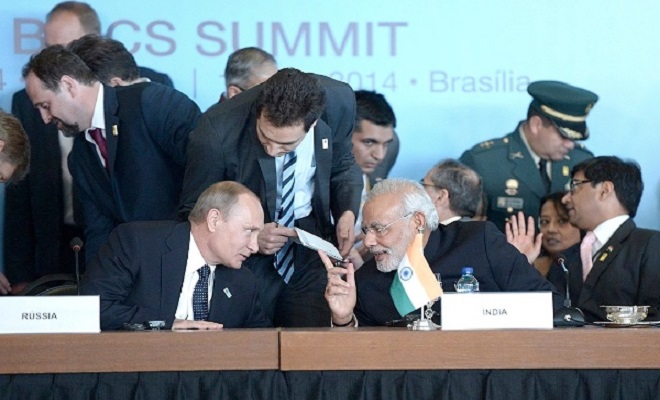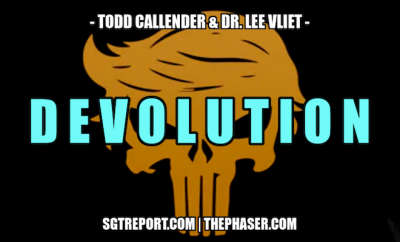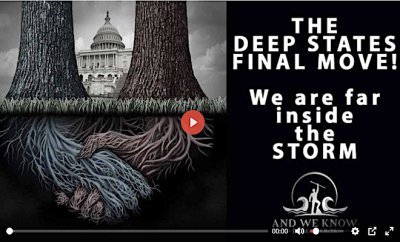 Russian President Vladimir Putin with Indian Prime Minister Narendra Modi during the 6th BRICS Summit in Brasilia, capital of Brazil on 17 July 2014 [PPIO]
Russian President Vladimir Putin with Indian Prime Minister Narendra Modi during the 6th BRICS Summit in Brasilia, capital of Brazil on 17 July 2014 [PPIO]
Featured
BRICS Summit: Quintet faces growing challenges
by K.C. Singh, The BRICS Post:
The 7th BRICS Summit will be held in Ufa, Russia on July 9-10, with the group into the second round of summitry.
But the economic health of some of the members has worsened so drastically that Jim O’Neill, the creator of the acronym BRIC in 2001, before the “S” was added when South Africa joined it in 2010, in a recent analysis wrote he is “tempted to call it IC”. The implication being that only the Chinese and Indian economies were doing any driving of global growth.
Concomitantly, the geo-political context in which the five nations across four continents function, has also mutated considerably since their first summit in 2009.
Russia, which was bridge between BRICS and G7 is being treated as a pariah by the latter group over its ongoing Ukrainian adventure.
India, which felt at the start that Russia and Brazil could help it balance the economic and strategic weight of China, finds new convergence between Russia and China.
The broader Asian security environment is also replete with tension over Chinese unilateral assertion of control in the East and South China Seas.
The “Asian Pivot” by US, roping-in new and old allies in a chain across the Pacific coast of China accentuates old fault lines.
The Chinese have responded by President Xi Jinping’s sketching of a One Road One Belt connectivity map, which encompasses maritime and over-land links between the China and rest of Asia and beyond. It is a Chinese attempt to become a hub, like the Middle Kingdom perceived itself, from which the spokes led to tributaries in the past but today signify markets and raw material suppliers.
India, having its own legacy of outstanding territorial disputes with China and Chinese ally Pakistan, the pace of these new developments is presenting strategic conundrums.
For instance, the Indian request to join the Shanghai Cooperation Organisation, a China inspired grouping to consolidate its hold in Central Asia, is coming up in the next summit.
Russia meanwhile is pushing its own Eurasian Economic Union (EEU), founded on Jan 1, 2015.
The SCO will consider both India and Pakistan for membership, but India will now need dexterity in balancing this Sino-Russian convergence and Indian strategic support to the US “Asian Pivot”, short of aligning openly with US.
Thus the government of India’s nationalistic leader Narendra Modi, who completed one year in power on May 26, and invested in BRICS, his trip in 2014 to Brazil to attend the last summit being his first diplomatic foray abroad, faces a new geo-political reality.
The BRICS Bank, approved during last summit, has been supplemented by the Chinese with a more audacious attempt at re-jigging international development assistance by their creation of the Asian Infrastructure and Investment Bank (AIIB).
Despite US frowning at the new entity almost all its allies other than Japan have joined it. None was willing to miss a possible stake in the infrastructure development boom that the bank may trigger in Asia, which needs over two trillion dollars in that field.
BRICS is still a group seeking a purpose other than to coordinate approaches on economic and development issues, having come together as the most promising emerging economies.
That raison d’être itself has been undercut by governance issues, following global economic slow-down in 2013, in Brazil and South Africa.
Russia, besides the collapse of oil price, has been struck by European sanctions.
The internal balance of influence amongst the members has been disturbed.
Thus the trend of discussion in BRICS may be coloured by the policy choices that China is making to create structures of international governance that rival if not conflict with existing post World War II institutions.
Indian Prime Minister Modi will be going to Ufa in a frame of mind different from the one at the last summit when he was a diplomatic green-horn.
He has to ensure that BRICS does not become another forum to further an anti West agenda.
Although claims are afoot that the Indian economy is now growing at a pace faster than that of China, saner voices are cautioning that some of this may be a calculation re-jig as Indian growth rate was tweaked in February by 2.2% when India moved from factor cost to using constant prices that better reflected valuation of goods and services.
Even some economic data is contradicting the upbeat growth figures. The Indian government itself admits that growth in intermediate goods has been sluggish while in consumer-durables has contracted. Much now depends on the next monsoon rains, which have just hit India’s Southern tip.
While Russia as the host nation will decide the theme of the summit, the issues on the table are: the assumption of office by the Indian head of the BRICS Bank, Chinese pre-occupation with financial institution building, climate change meeting in Paris later this year to finalise post Kyoto road map, Russian isolation from Europe and US.
Much as Russia and China may like to perceive BRICS as a putative forum for pushing their global political agendas, one seeking to retain global power and the other to enhance it, India’s interest lies in keeping it focussed on shared economic and developmental issues.
Indian Prime Minister Modi having marked out his diplomatic space by frenetic outreach to G 20, P5 members and India’s neighbours, would now need to show that India is indeed a swing power that can work with Russia and China as well as with Japan and US and thus help shape a new security order in Asia as well as new institutions that evolve the existing order without dividing or damaging it.
Read More @ The BRICS Post.com












